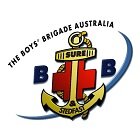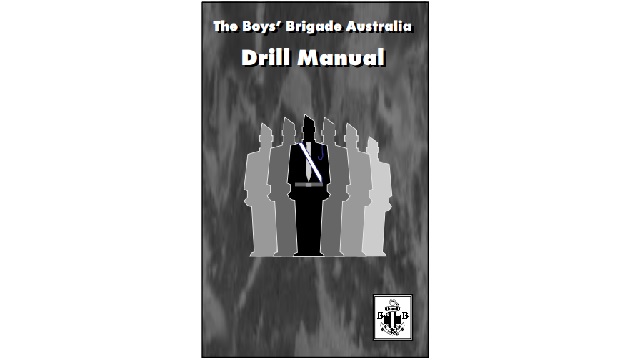All B.B. Companies use the same Drill Book. Any differences in standard, enthusiasm, etc., can therefore be attributed to different instructors and the ways in which they put across their instruction. To become a first-class drill instructor, the following points should be borne in mind:
- Be convinced yourself of the value and place of drill in the B.B.
- Be confident. This will come only with knowledge: you should therefore study and really get to know the Drill Book.
- Be prepared. Don’t leave it to chance, but prepare each drill period thoroughly.
- Be enthusiastic. Nothing is as infectious as enthusiasm.
- Be smart. Boys will follow your example.
- Be interesting. Make drill progressive and attractive (see suggestions on page 3.3).
- Be sympathetic. Remember that you are primarily teaching Boys, and only secondarily teaching drill. Understand their point of view.
2. Hints to Instructors
- In all essential details (e.g. words of command) follow the Drill Book exactly. In general explanations, etc., put it across in your own way and words, but introduce Boys to the standard drill terminology.
- Use the sequence:
EXPLANATION Tell briefly and clearly what is to be done.
DEMONSTRATION Show how it should be done.
EXECUTION Get the Boys to do it.
PRACTICE Get them to do it again till they are sure of it.
The first two may often be combined, but always remember the importance of demonstration:
Boys learn much more easily through the eye than the ear. Proceed as soon as possible to “Execution” since Boys are easily bored by inactivity. - In the early stages, use a simple teaching formation, e.g.
- When explaining or demonstrating any movement, stand the Squad easy, and feel free yourself to be informal at this stage, without, of course, losing bearing or dignity.
- In teaching Elementary Drill, encourage the Boys to call out the time. Some examples are given in the book; others may be introduced at your discretion.
- Use a progressive sequence where possible, working from the simplest to the more difficult methods of carrying out movements, e.g.
- Right turn at the halt
Explanation and demonstration of the complete movement.
Right Turn by numbers.
Right Turn, counting the time.
Right Turn, judging the time. - Changing Direction when in line
Halt to halt.
Halt to move.
Move to halt.
Move to move. - Movements on the march
Slow time may be used until the Boys can carry out the correct footwork, followed by progression to quick time.
- Right turn at the halt
- Use both flanks wherever possible,
e.g. Changing Direction in line can be carried out in four ways:
Front rank in front. Changing direction right.
Front rank in front. Changing direction left.
Rear rank in front. Changing direction right.
Rear rank in front. Changing direction left.
Variety of this sort uses different Boys in key positions and gives several Boys experience and confidence. - At all stages, from a new member’s first drill session onwards, look out for, and correct, faults otherwise wrong habits will be formed, and these are difficult to break. By this means also, the general standard will be raised, and a sense of achievement attained.

